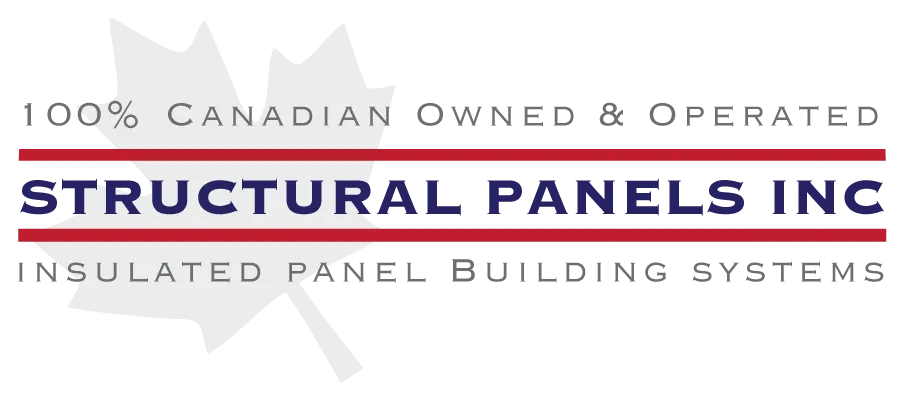If your company makes products where it is important to limit the amount of dust and particles in the air, you know how essential a cleanroom can be to the quality of your finished product. Maybe your making electronic equipment or paint automobiles. Both require a closely monitored working environment. However, deciding what type of cleanroom you need can often be confusing. Just how much do you know about the cleanroom classification system and how that affects the cost?
What is a cleanroom?
A cleanroom is a controlled environment inside a business, medical facility or research lab that is sealed from outside pollutants, such as dust, chemical vapours, airborne particles and microbes, and other substances that will compromise the air inside the room. Cleanrooms have many applications. They can be used in manufacturing, such as for painting booths. They are often used by the semiconductor industry, where even a small amount of dust can destroy a product. They are also used by medical facilities, pharmaceutical companies, and even the US military. The applications are wide and varied. However, not all cleanrooms are created alike. There are a number of different types of cleanrooms, each of which is designed for a specific segment of the market.
Cleanroom classifications and costs
Cleanrooms can be made with either hard walls or soft walls. A hard wall cleanroom is ideal for situations where you need privacy. This type of cleanroom is constructed of rigid, opaque walls with its own air-circulating system. Softwall cleanrooms are made from clear, vinyl curtains. This type of cleanroom is often used to form a cleanroom inside of a cleanroom for an extra clean pristine environment.
Within both of these types of cleanrooms, the cleanliness of the air inside the room is measured by standards set out by the ISO classification system ISO 14644-1. These standards are used in both Canada and the United States.
Cleanroom classifications range from ISO 1 to ISO 9 with ISO 1 being the cleanest environment and ISO 9 being the least pristine (but still much cleaner than a regular room). In addition to classification, prices of cleanrooms depend on a myriad of factors, such as size, lighting, ceiling height, and how many air changes you desire per hour.
Isowalls and clean rooms
Isowalls are designed to enhance the performance of a cleanroom. These insulated wall panels are made with “a rigid EPS (Expanded PolyStyrene) foam core with laminated sheet steel permanently bonded to both sides”, according to the manufacturer, Structural Panels, an Isowall is between 2″ and 10″ thick and improve the performance of cleanrooms. They are easy to install, are mold and mildew resistant, and have a sleek, streamlined appearance.
To learn more about Isowalls and to find out what type of cleanroom will work best for your company or facility, visit Structural Panels online or call us at (insert contact info). We’ve been helping North American businesses with their insulation needs for more than 30 years.

